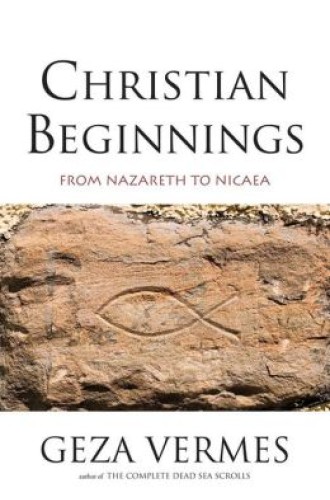How Jesus became God
Three questions guide Geza Vermes’s ambitious account of Christian beginnings. How did the charismatic movement of Jesus, based in the countryside, evolve into an institutional religion that garnered imperial favor? How did this movement, thoroughly Jewish in its participants and its emphases, morph into a predominantly gentile religion shaped by Greek philosophy and culture? As for Jesus himself, how did this charismatic figure, easily recognizable in the line of Israelite holy men from Moses to Elijah to Hanina ben Dosa, become the second person of the Trinity, consubstantial with the Father? In short, how did “the piety of Jesus, consisting of a total surrender to God and a constant search for his Kingdom,” produce a religion “primarily governed by intellectual and indeed philosophical assent”?
Vermes, who died in May, was among the scholars most qualified to address at least two of these questions. Most famous for introducing the Dead Sea Scrolls to a large audience through his ubiquitous translation and discussion, Vermes definitively shaped late 20th-century debates about the historical Jesus. Since his Jesus the Jew appeared in 1973, any credible reconstruction of Jesus’ life and teaching must make sense in Jesus’ native context. Christian Beginnings rests on his remarkable body of work: over a dozen books devoted to Jesus and earliest Christianity. Readers will be grateful that this new book includes many parenthetical references to Vermes’s other works, where they can find fuller expositions of his argument.
Born in Hungary to Jewish parents who converted to Roman Catholicism in part to avoid anti-Semitism and then perished in the Holocaust, Vermes entered seminary and became a Catholic priest before eventually leaving the church altogether and returning to Judaism.






